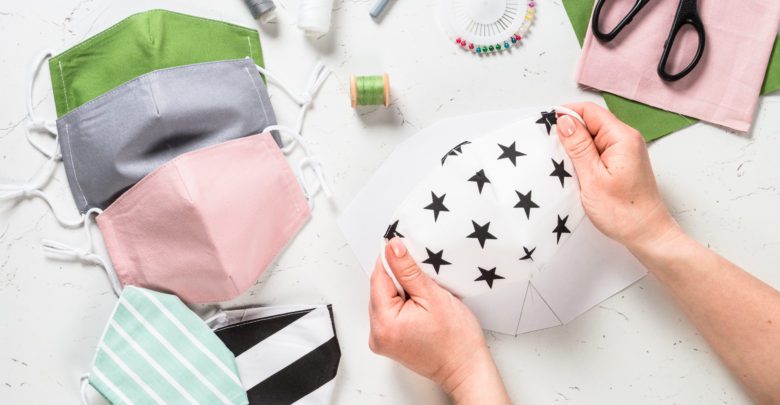What you need to know about the Illinois mask requirement

Beginning May 1, Illinois residents will be required to cover their faces while in public spaces.
The mandate is part of the Illinois stay-at-home order, which Gov. JB Pritzker extended through May 30.
Persons over the age of 2 “who are able to medically tolerate a face-covering or a mask” will be required to wear a “face-covering or mask when in a public place where they can’t maintain a six-foot social distance.”
The Illinois Department of Public Health writes “Public health experts continue to learn about COVID-19, but based on current data and similar coronaviruses, the virus is believed to be spread between close contacts via respiratory droplets or contact with contaminated surfaces. While staying home, social distancing, and strict hand hygiene are still preferred methods for preventing further spread of COVID-19, face masks are one more tool that may be used by the general public and essential workers to protect each other from respiratory droplets produced when we cough, sneeze, or talk.”
The Center for Disease Control advises a face covering should:
- fit snugly but comfortably against the side of the face
- be secured with ties or ear loops
- include multiple layers of fabric
- allow for breathing without restriction
- be able to be laundered and machine dried without damage or change to shape
Pritzkers’ stay-at-home order also relaxes some of April’s provisions, including allowing garden centers to open and allowing non-essential businesses to deliver product or provide curbside delivery alongside opening some state parks and making golf available again.
The IDPH provides examples of when face coverings are necessary:
- Shopping at essential businesses, like grocery stores or pharmacies,
- Picking up food from the drive thru or curbside pickup,
- While visiting your health care provider,
- Traveling on public transportation,
- Interacting with customers, clients, or coworkers at essential businesses,
- Performing essential services for state and local government agencies, such as laboratory testing, where close interactions with other people are unavoidable, and
- When feeling sick, coughing, or sneezing.
“Those who are staying home and have no close contacts that are infected with COVID-19 don’t need a mask while at home,” IDPH writes. “Provided you do so alone or with close, household contacts, other situations that don’t require a mask or face covering include running or walking in your neighborhood, mowing the lawn, performing spring yard cleanup, gardening, driveway car washing, and other outdoor activities on your own property.”
IDPH suggests that best practices for making and wearing homemade masks is to look online to purchase a mask from a small business or by looking at materials readily available at home. In doing so, medical masks for healthcare workers will be spared.
“There are relatively few studies of the effectiveness of masks made from homemade materials,” they write. “Whether you use cotton fabrics, paper-based shop towels, or other materials, try to strike a balance between the materials you already have at home, how easy it will be to breathe while wearing the mask for extended periods away from home, and whether or not you would prefer to craft a new mask every day (paper) or wash and reuse your mask(s).”
Homemade masks should be made of materials that will hold up to daily washing and drying. IDPH also suggests that individuals have multiple masks so that they can be laundered daily.
They also say that people should wash their hands with an alcohol-based hand rub or soap and water before putting on a mask and immediately after removing it.
“It’s a good idea to wash your mask or face covering at least daily,” IDPH writes. “Place your used masks in a bag or bin away from small children or pets until they can be laundered with detergent and dried on a hot cycle. If you need to remove and reuse your mask before washing, consider putting it in a plastic or paper bag (not your backpack or purse) and be mindful not to put the mask where others can touch it or where the mask will contaminate other, shared surfaces. Wash your hands immediately after putting it back on and avoid touching your face.
“Paper-based masks, like those crafted from shop towels, should be discarded after each use.”
If possible, the mask should fit snugly around the nose or mouth. IDPH suggests a metal wire sewn or built into the mask will help it conform to the bridge of the nose.





